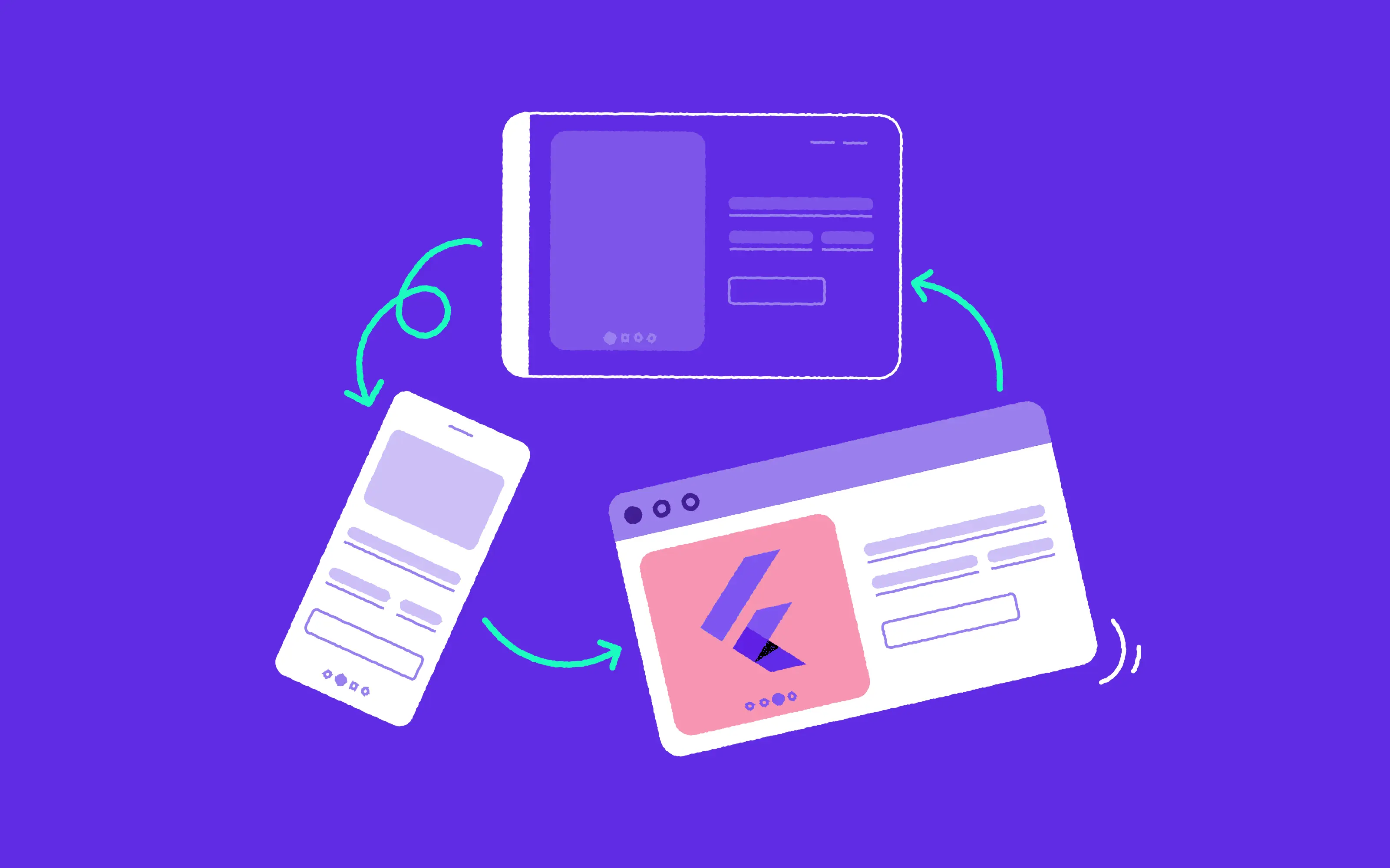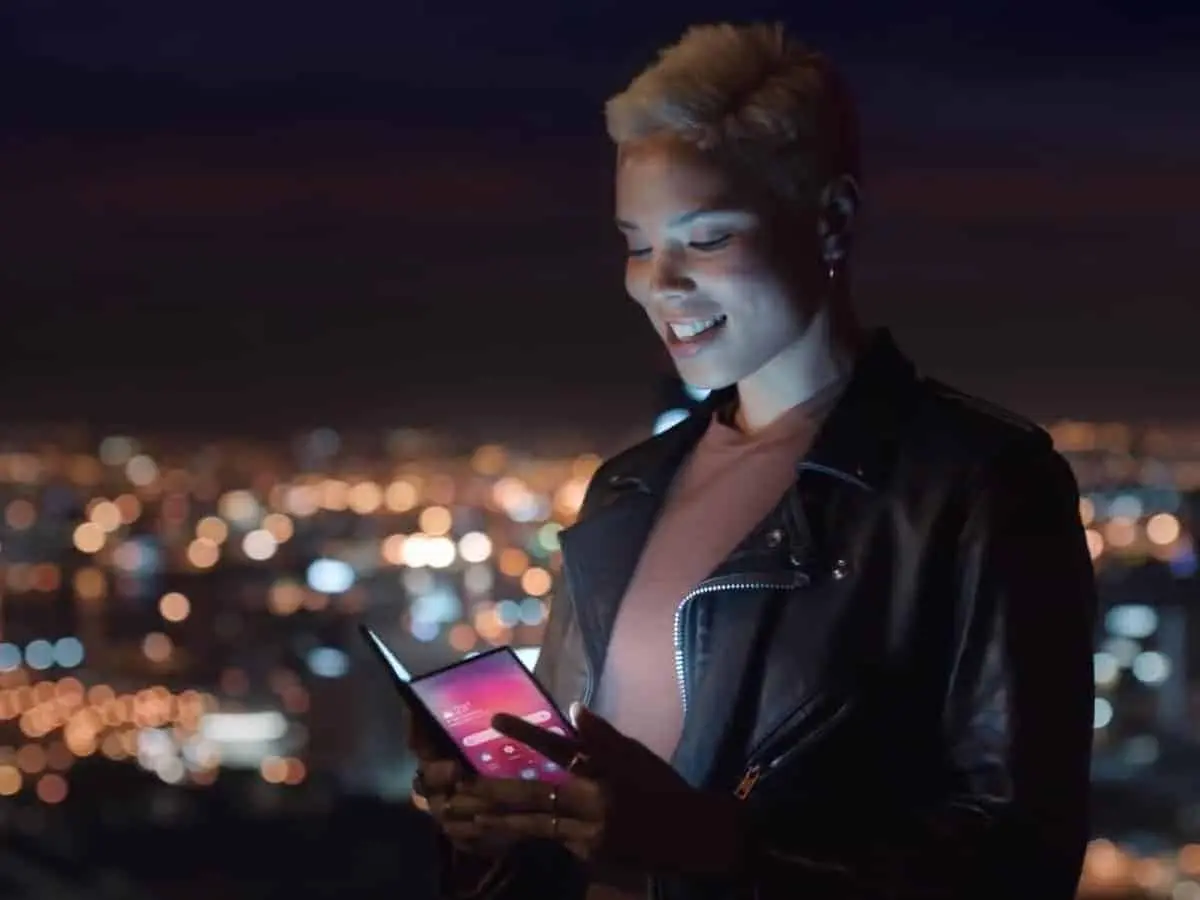
Foldable smartphones are shaping up to become the hottest pieces of tech coming this year. However, they won’t make the iPhones of this world obsolete. We are on the verge of something big, but don’t expect this trend to boom in the upcoming months.
In the beginning, was the iPhone…Eleven years ago, Apple started the modern mobile revolution. Over a decade later, we still use iPhones. Sure, they have a sick amount of computing power, more cameras, wider and larger displays and so on, but their primary form factor remains almost unchanged.
However, the buzz that surrounds flexible displays may suggest that we are on the brink of the second revolution. Many major companies, such as Samsung and Xiaomi proudly present their concepts of foldable phones, and we will see even more of them at MWC at the end of February. Yes, it sounds tempting. The rise of “foldables” would allow us to squeeze a tablet into a smartphone’s body, or shrink the size of regular phones. Are we ready, though? And, do we need this?

Samsung Galaxy Fold shown on a promotional video
Foldable Phones Are Not Revolutionary. Yet.
Samsung Display and LG Display, among few others, have been working on foldable displays for years. The use cases for this technology go far beyond mobile devices (you should definitely check LG’s rollable TV), but they believe that phones have the most significant sales potential, and still attract the most attention. This year, industry giants want to test this interest by showcasing their own concepts of foldable phones.
Samsung took the lead at its Developer Conference, but it was quickly joined by Xiaomi. Announcements from Oppo, Huawei, and Motorola are also coming, possibly during the Mobile World Congress. However, right now it looks like the primary goal behind those devices is to appear as futuristic, innovative and “cool”, to start the next big thing, and sell the largest amount of units at almost 2000 USD price tag. But what is the problem, if the devices are revolutionary? Well, they aren’t… Not yet.
Foldable Smartphones: Why Now?
Why have foldable smartphones come into existence? Because they can. Yes, that is an unexpected and shallow answer, but for now, it’s also the most honest. The number of smartphones sold around the world started to shrink in 2016. This is far from being alarming. Markets became saturated over time because people tend to buy a new device only once in two or three years. A few companies can still fight for a bigger market share in developing countries, but it will be challenging to increase sales in Japan, the United States or Western Europe. Unless, of course, someone will offer something new – more charming at first glance than a better camera or faster processing unit. That’s where foldable tech joins the battle. But, in my opinion, the market is not ready for this. Here are 5 reasons why.
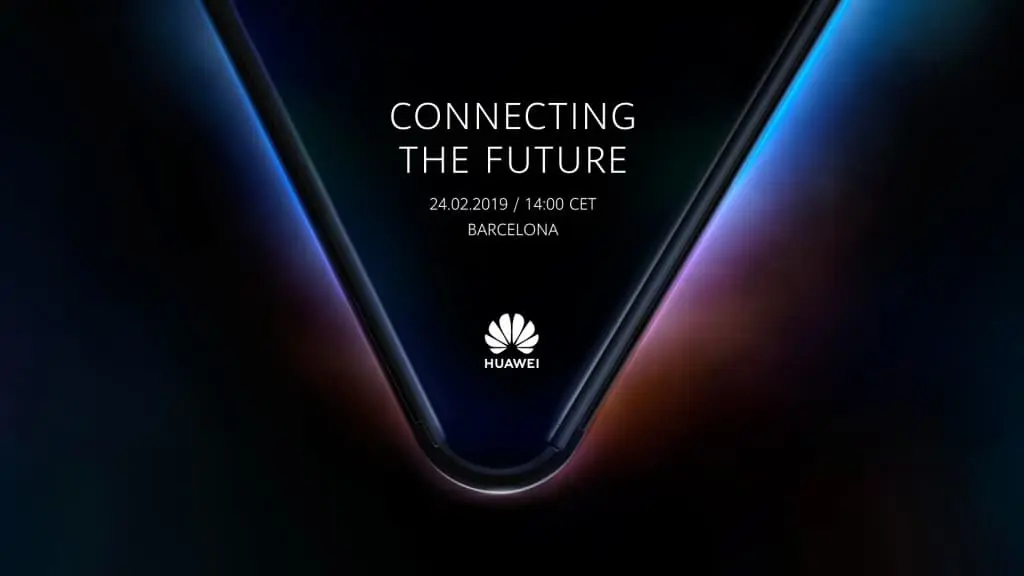
Huawei wants to show its foldable device at MWC 2019
1. The Tech Isn’t Really Ready
The tech is here — sort of. Modern OLED panels can’t fold like a piece of paper, at a perfect 180-degree angle. When folded, one side of the device is always soft and bulky – and those are not adjectives you’d want to use to describe something that should fit in your pocket. Their resolution also can’t match the values we know from flagship smartphones. Plastic bodies feel cheap and unreliable in comparison to premium glass and aluminum finishing of iPhones or Galaxy S series. They still look impressive from a technological point of view, but it’s hard to believe that people will want to pay for unreliable prototypes. As for now, foldables feel rushed.
» Google Fuchsia: A True Android Successor We All Need?
2. Flexible Phones Don’t Solve Problems
If it wasn’t bad enough, so far, every concept folds and unfolds differently. Samsung’s and Xiaomi’s phones unfold their displays to create a tablet-like device. With over 6-inches being a standard screen size in current flagships, you can argue that most people won’t need such a thing. I agree. Just look at the tablet sales figures! Of course, with gadgets like the new iPad Pro, users can do advanced tasks, like editing 4K videos or sketching, but for them, foldable phones won’t improve the experience in any significant way.

Looks interesting, but only as a render
3. The Software Will Be Clunky
Don’t forget that Google will have to adapt Android to the unusual form factor of those devices. All of the prototypes we have already seen work a little differently, which means that it won’t be easy. And what about app developers? It took more than a year to bring such small thing as a notch under control. The simple change of the iPhone’s display aspect ratio in iPhone X caused much trouble to app manufacturers.
Google confirmed that it works hard on adding flexible display support to Android, but I doubt that it will be ready to go this year. Users will have to rely on solutions developed in-house by smartphone makers. They don’t have control over the system, so I guess that it won’t end up good. FlexPai, the first foldable prototype showed in public at CES 2019, has the most clunky software I have ever seen. Even promotional video published officially by Xiaomi shows absurd animations that indicate that Android feel confused when dealing with such display:
4. The Price Will Be Too High
The devices could launch in the next couple of months, but they will be crazy expensive. Rumors suggest that Samsung’s take on the foldable phone could cost as much as 1,500 USD. And, other than being an early adopter, there won’t be many benefits to buying one. Excitement is not enough.
5. Maybe Smartphone Is Not the Answer
I have no doubts that the mobile industry will find a perfect use case for flexible displays, sooner or later. I just wonder if “smartphones” will be the answer. For the time being, it seems to me that a new segment of the market, which will compete with smartphones rather than being part of them, will respond much better to users’ needs.
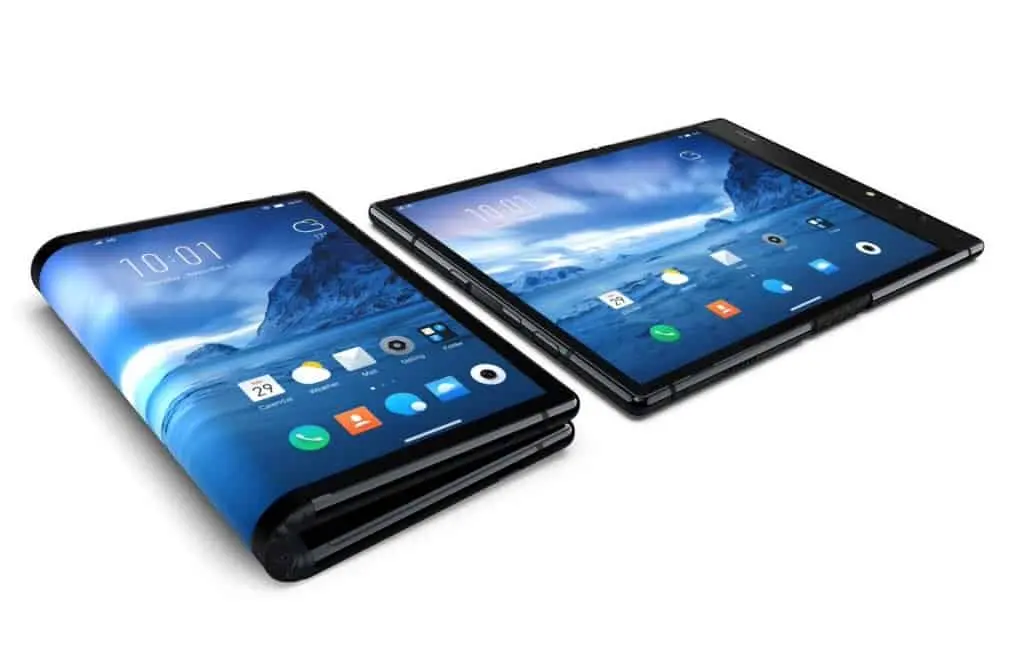
FlexPai, the first foldable phone you can actually buy. But you probably don’t want to.
There is a new scalable operating system in the making. Google Fuchsia should adapt perfectly to different screen sizes and aspect ratios – that is one of the ultimate goals of this initiative. I wrote a piece about Fuchsia last year, and I think that it will suit foldables much better than Android. With Fuchsia, which will be tailored to many purposes, we could use them as phones, tablets, and even laptops. The only problem is, the system is still far from its release date. But hey, maybe it will appear just when the technology is tuned. For now, we will be stuck with Android.
Don’t Believe the Hype Yet!
The most impressive foldable concept I have seen so far has to be reborn of the legendary Moto RAZR phone. Unfortunately, its iconic clamshell design is impossible to replicate with the current state of tech, so it exists only as a patent in the United States Patent and Trademark Office, and a 3D render.
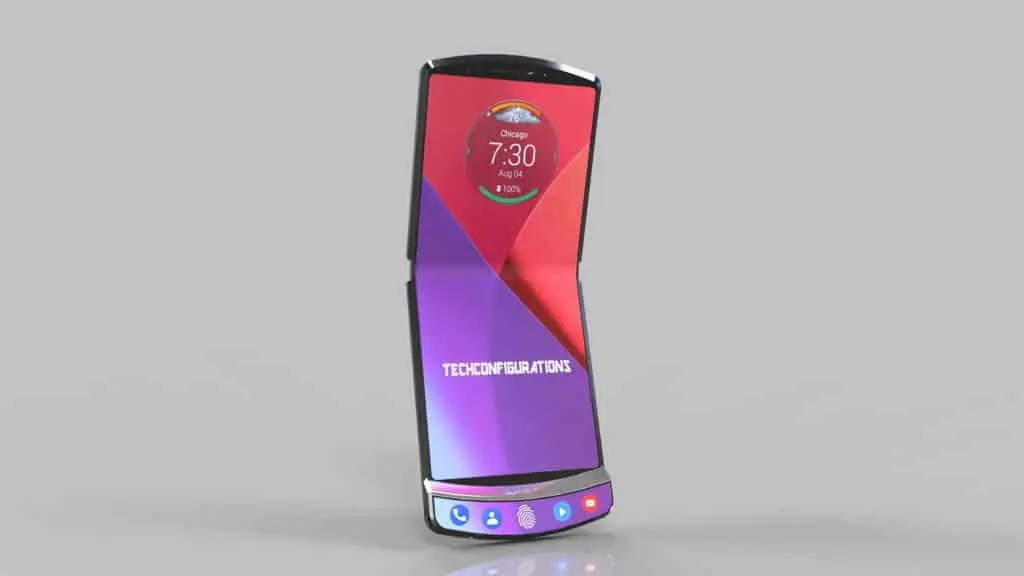
Motorola RAZR concept
Would I buy one? Sure! Will I get a chance this year? Hell, no! It’s a shame since this could be a killer-hardware of the foldable trend that would propel the whole industry. All of the flexible phones we will see this year won’t get much attention from consumers. There is no real demand. There is no need, and the software will be broken. Get ready for what is coming, but remember that the revolution is still far off.
If I were in charge of a large company, I would consider adapting my application to folding screens, to get a little bit of that early adopter fame, just as IKEA did with their AR app. As a mobile industry expert, I advise you to stay calm. Don’t believe the hype!
10Clouds is a iOS and Android apps Development Team from Poland. We develop extraordinary mobile apps. Check out what we did for our clients and contact us if you want to build your own product!



